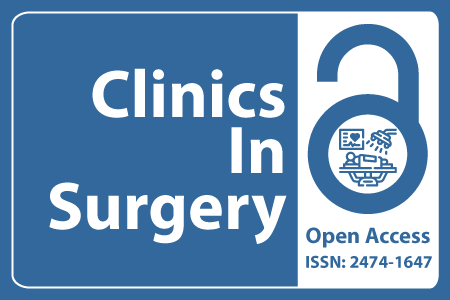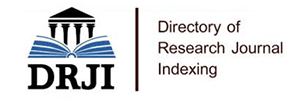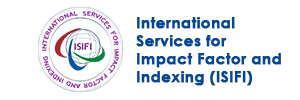
Journal Basic Info
- Impact Factor: 1.995**
- H-Index: 8
- ISSN: 2474-1647
- DOI: 10.25107/2474-1647
Major Scope
- Oral and Maxillofacial Surgery
- Ophthalmic Surgery
- Vascular Surgery
- Minimally Invasive Surgery
- Neurological Surgery
- Cardiovascular Surgery
- Bariatric Surgery
- Colon and Rectal Surgery
Abstract
Citation: Clin Surg. 2016;1(1):1182.Research Article | Open Access
Laparoscopic Choledochoduodenostomy in the Management of Obstructive Biliary Tract in the ERCP Era
Pablo Priego
Department of Bariatric and Minimally Invasive Surgery, Hospital Universitario Ramón y Cajal, Spain
*Correspondance to: Pablo Priego Jimenez
PDF Full Text DOI: 10.25107/2474-1647.1182
Abstract
Background: With the advent of endoscopic retrograde cholangiopancreatography (ERCP), indications for choledochoduodenostomy have been drastically reduced. Furthermore, and even although laparoscopic common bile duct (CBD) exploration (LCBDE) is being increasingly used for management of CBD stones, due to the technical challenge associated with a laparoscopic biliaryenteric anastomosis, laparoscopic choledochoduodenostomy (LCDD) has not widely adopted. Patients and
Methods: A review of the literature limited to studies published from 1989 to 2013, reported in English language and performed on humans was conducted on Pubmed using the following key words: “laparoscopic choledochoduodenostomy”. Operative details, perioperative outcomes and follow-up data were examined.Results: A total of 5 studies reporting the outcomes of 90 patients undergoing LCDD for benign (choledocholithiasis, cholangitis, chronic pancreatitis and distal CBD stricture) and malignant (unresectable pancreatic neoplasm) indications were included. The mean age of patients was 60.34 years. There were 69 female and 21 male patients. Mean operative time was 180.16 minutes. Average hospital stay was 6 days. The overall success rate in achieving a CBD clearance was 100%, with a morbidity rate of 11% and a mortality rate of 3.3%. Recurrence of symptoms was reported in only one patient(1%).Conclusions: Laparoscopic choledochoduodenostomy is a safe and feasible surgical procedure in the management of obstructive biliary duct with a low morbidity and mortality rates. However, the number of cases of LCDD in our review is small and more long-terms and randomized studies in compare with ERCP and open surgery should be done to validate the results.
Keywords
Laparoscopic choledochoduodenostomy; Choledochodolithiasis; ERCP; Obstructive biliary tract; Benign biliary strictures; Common bile duct stones
Cite the article
Priego P. Laparoscopic Choledochoduodenostomy in the Management of Obstructive Biliary Tract in the ERCP Era. Clin Surg. 2016; 1: 1182.













